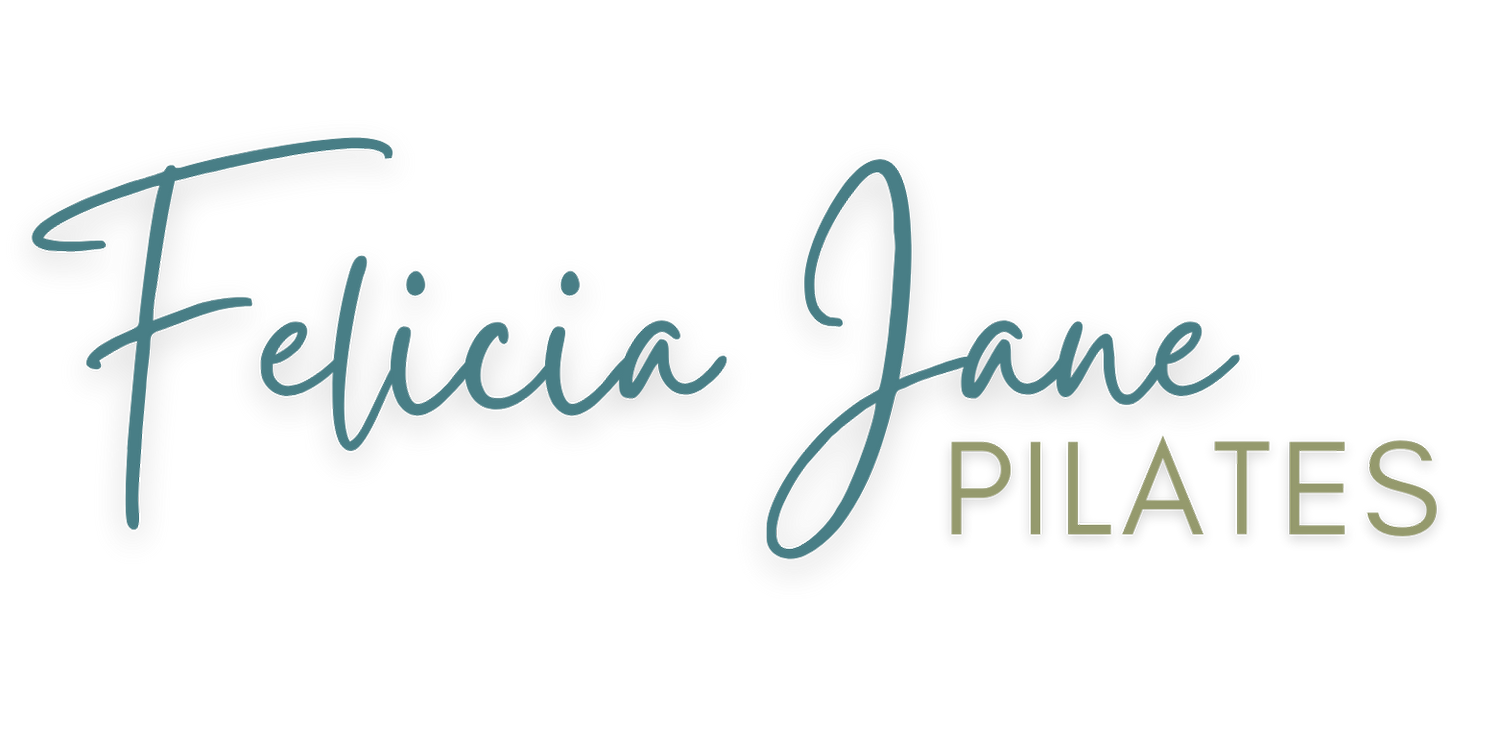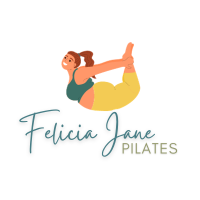Equipment at Felicia Jane Pilates
Equipment at Felicia Jane Pilates
Maybe you are asking yourself, “what is Pilates?”
Can’t really blame you. Like I've said before, Pilates studios are weird places, and it's not entirely clear what Pilates is, from what I hear. In fact, I often hear people say it’s just like Yoga, which I also love to do. I’d love to explain a little bit about this movement system that I love so much. So, here goes ....
For those who don't know, Pilates (n. pih-lah-teez) was developed in the 1920s by creator, Joseph Hubertus Pilates. Pilates was a sickly child growing up, and to help himself live better he dedicated his life to improving his physical strength. Throughout his life, Pilates was a gymnast, bodybuilder, professional boxer, circus-performer, self-defense trainer, and finally an inventor. Pilates believed that poor posture and breathing was the cause of poor health. So, he created a series of exercises and training techniques, and designed the equipment he needed to help his students practice his method correctly.
Pilates is a low-impact exercise that emphasizes proper postural alignment, core strength and muscle balance. It is a movement system that uses spring driven machines as well as a series of floor exercises that helps improve flexibility, strength and endurance and concentration—helping clients strengthen their abdomen, back, and pelvis as well as their glutes (butt) and legs.
Pilates is designed to stretch, strengthen and balance the body from the core out. A stable core provides you with a solid foundation for any movement.
After a few weeks of attending Pilates classes, I often hear clients say that their flexibility has improved, that they feel less pain in the areas they mentioned in their client intake process, and feel like they are getting stronger and have a stronger sense of well-being. No two workout sessions will be the same with the variety of equipment available. Pilates sessions are designed for all fitness levels at Felicia Jane Pilates.
Equipment at Felicia Jane Pilates
Every movement system will have its own equipment, culture, lingo, etc; and Pilates is no different. I incorporate the Mat, Reformer, Chair, Spring Boards, and various other props such as spring boards, barrels, and more. There is a mix of equipment used at Felicia Jane Pilates. Some is from Balanced Body, Peak Pilates, while others are from Merrithew.
Check out some information on the variety of equipment you can use below.
Barrels and Spine Corrector: The studio offers a variety of supportive barrels including low barrels, a Ladder Barrel and a Spine Corrector. Barrels offer clients the ability to open their chest as well as stretch and strengthen the spine. What you see is what you get with a barrel; the equipment has few moving parts (if any) and no springs, but they offer quite the bang for the user.
Chair: Sometimes known as the "Wunda Chair" or low chair/high chair, this is another spring loaded apparatus that Joseph Pilates invented. The chair can help you strengthen the core muscles, as well as the arms and legs.
Mat Pilates: A class on the mat consists of medium to intense movements that will stabilize and strengthen your core. Mat Pilates exercises are done in a specific order with movements that have names such as The Hundred, Criss-Cross, Teaser and the Swan. The movements require concentration, precision and control—and I place a strong emphasis on technique. Props used could include toning balls, fitness (or magic) circles, flex bands, foam roller and stability balls.
Reformer Pilates: The famous Pilates reformer makes quite the impression when you first see one, and an even more dramatic change in your body when you use it. Invented by Joseph Pilates, a wide variety of exercises are done on this apparatus to promote length, strength, flexibility, and balance. Clients who use the reformer can train many parts and dynamics of the body in many different ways with just one piece of equipment. Exercising with the reformer is possible for anyone, at any level of fitness.
Fun Fact: Joseph Pilates initially started his reformer design with hospital beds and machinery springs attached to bedposts. He offered exercises to prisoners of war at an internment camp on the British Isle on Man, where he was also being interned during the First World War.
Springboard Pilates: Springboards use spring resistance to help you get stronger! Below is some more information about this great piece of equipment:
It's a great tool for working on imbalances. With a Springboard, each limb works with its own spring, and that means each limb works independently. Why is that important? It's an added coordination challenge—for the brain and for the body!
The springs are directly in front or behind the body, depending on whether you face the Springboard or face away from it. There’s nothing between the body and the springs, so the pull is more direct.
Unlike a Reformer, there is no foot bar to press against, so clients have to work harder to stabilize and balance themselves.
Working on the Springboard requires more integrated control and body strength; there is no extra support for the body. There’s just you and the springs!


